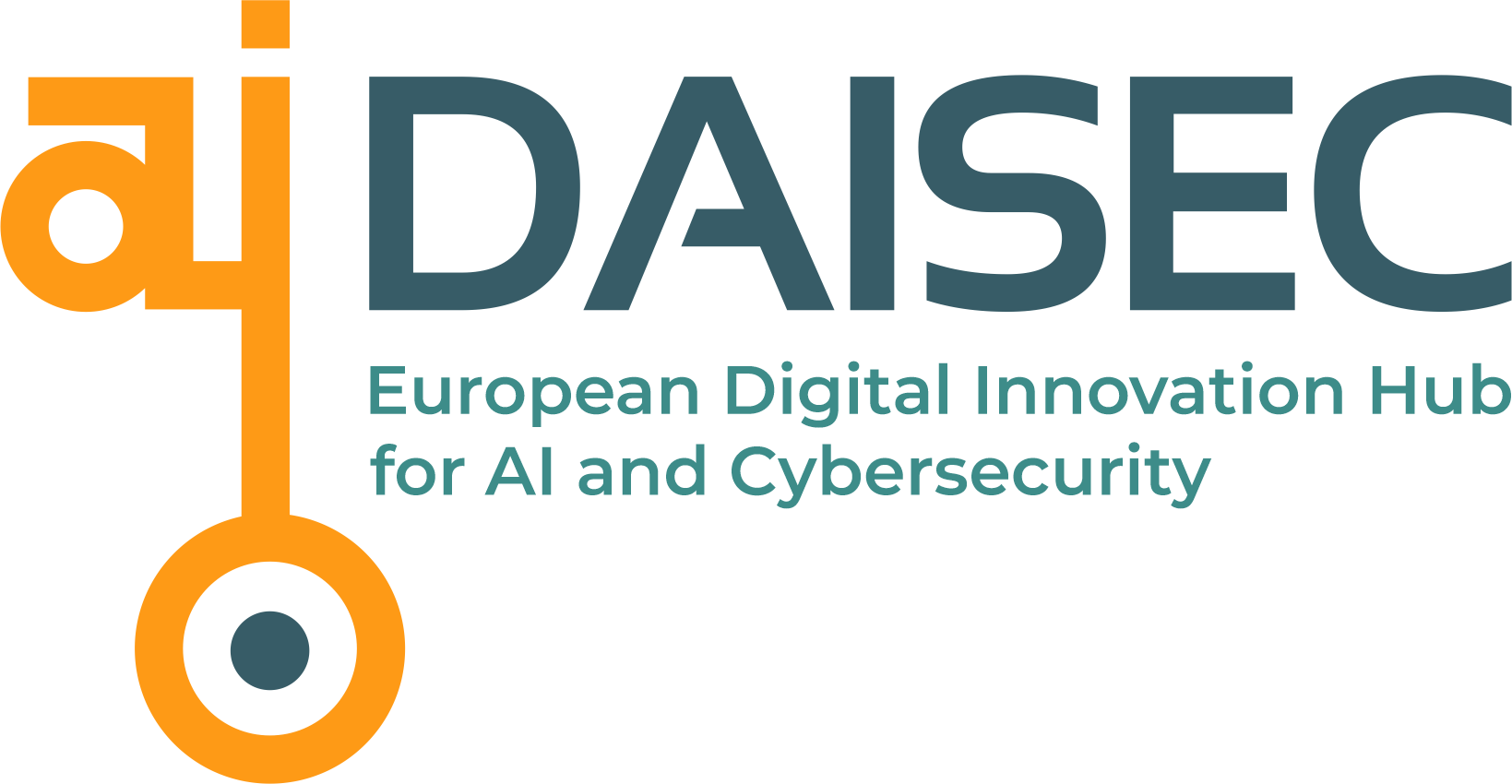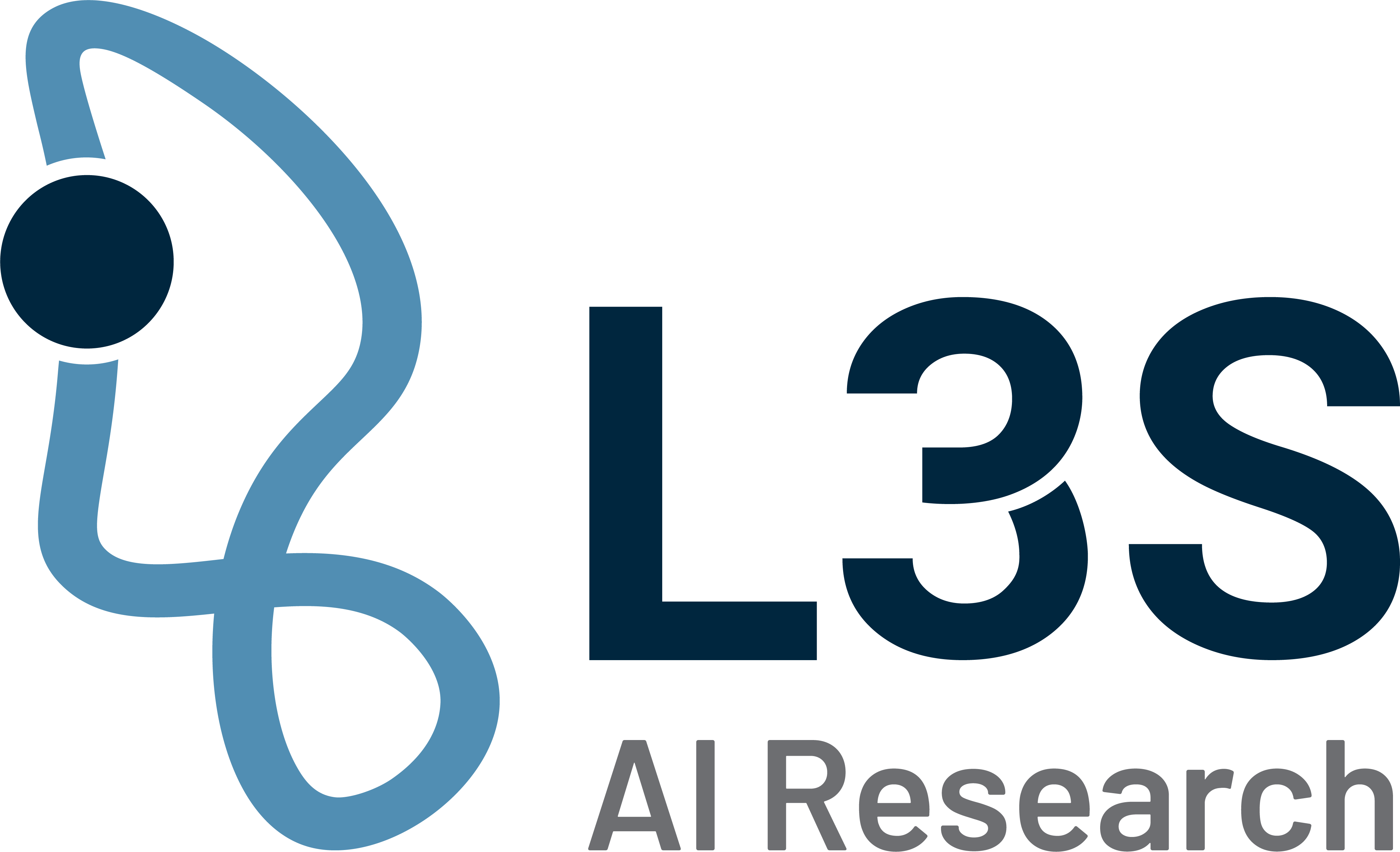©generiert mit Midjourney KI, Prompt: “friendly chatbot”
ChatGPT in customer service
Risky Communication
At first they were not much help, but now they are popular: chatbots on websites. For companies, they have become a convenient and efficient way to automate contact with customers and improve service at the same time. The AI-based systems are able to communicate with users via messaging platforms and assist with a variety of tasks: from answering frequently asked questions to creating personalised recommendations. The advantage of automated customer interaction is clear: chatbots are on duty around the clock. Companies are always available for their customers and can handle a high number of enquiries at the same time. Chatbots are also used internally, for example for employee enquiries. In short, they are becoming an indispensable communication tool for companies of all sizes and in all industries.
Some time ago, things looked different. Earlier generations of chatbots were often based on simple rule-based systems that provided predefined responses to certain keywords or phrases. But chatbots were hardly able to carry on conversations or even interpret human language appropriately. What was left behind were frustrated users.
With advances in artificial intelligence and language processing technology, chatbots have evolved. A business chatbot based on modern language models, like ChatGPT, can now recognise complex relationships in texts. Compared to previous generations, it identifies important information in human communication and creates more appropriate responses. In addition, a modern chatbot draws on an extensive knowledge base and can answer user queries on all conceivable topics. The new chatbots therefore communicate more convincingly, naturally and nuanced than their predecessors and ensure more satisfied customers and more efficient business processes.
The catch is that adapting a general language model like ChatGPT to a company-specific chatbot is not trivial. ChatGPT may not know anything about the company in question. And integrating internal company data is risky, as users could pass on confidential information. Or the chatbot might get bogged down with queries on topics that have nothing to do with the company. In addition, chatbots tend to hallucinate. In doing so, they generate false information, such as the answer “On Saturday we are open between 8:00 and 16:00”, although the business is closed on Saturdays. This can cost a company (satisfied) customers. Another problem with such models: they have an inherent bias that can lead to different answers depending on the group of people.
Meanwhile, solutions are on the market that improve the security and trustworthiness of company-specific chatbots. Developers can define programmable rules with the implementation of such software to ensure that the chatbot only provides relevant and secure information. “It is crucial to carefully design the implementation of company-specific chatbots and use appropriate technologies to minimise potential difficulties and risks,” says Dr Daniel Kudenko from the L3S Research Centre. He is also the managing director of the European Digital Innovation Hub for Artificial Intelligence and Cybersecurity (DAISEC), which supports Lower Saxony companies and the public sector in the application and development of AI technologies. DAISEC is the first point of contact for companies and coordinates the services of partner organisations, including the L3S. Chatbots are just one of many AI applications that help companies optimise their business processes to remain competitive in the future.
Contact
Daniel Kudenko is a research group leader at L3S. As Managing Director of DAISEC, he is involved in knowledge transfer to companies and the public sector

Julian Laue
Julian Laue is a PhD student at L3S and researches large-scale language models and machine learning. He is part of the DAISEC expert team.



